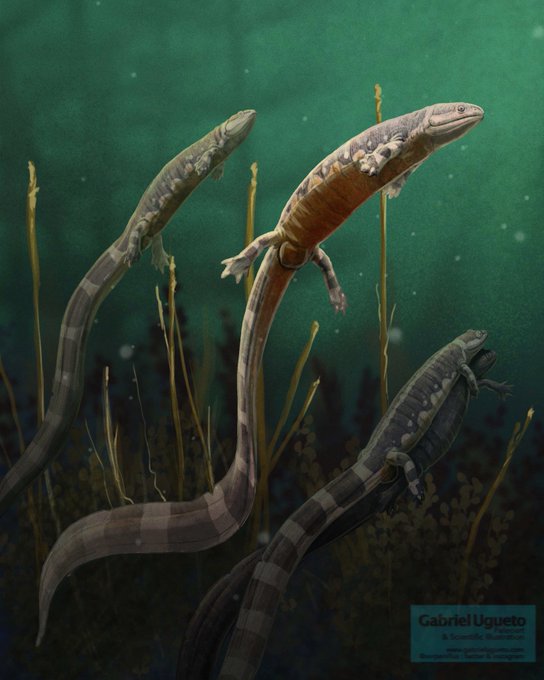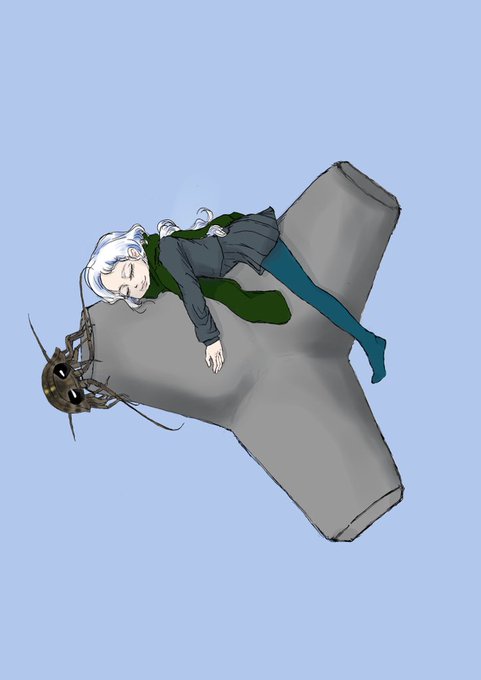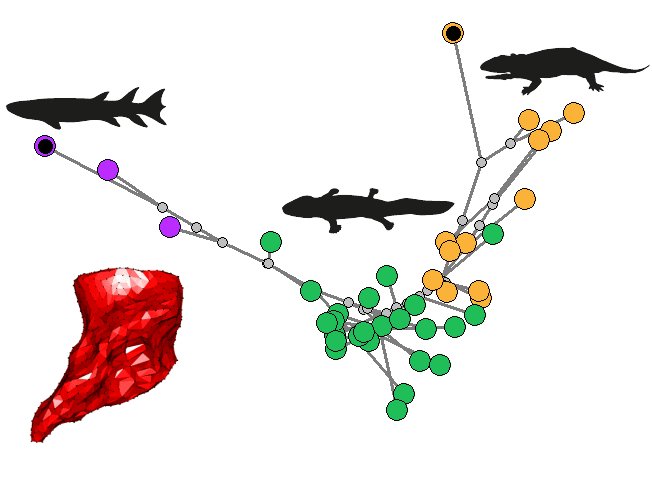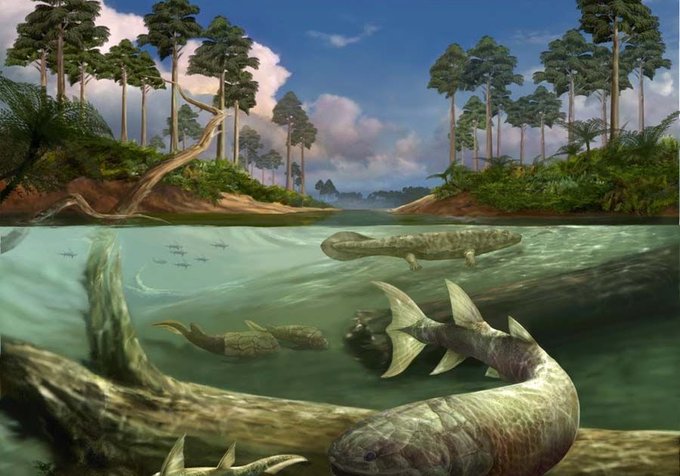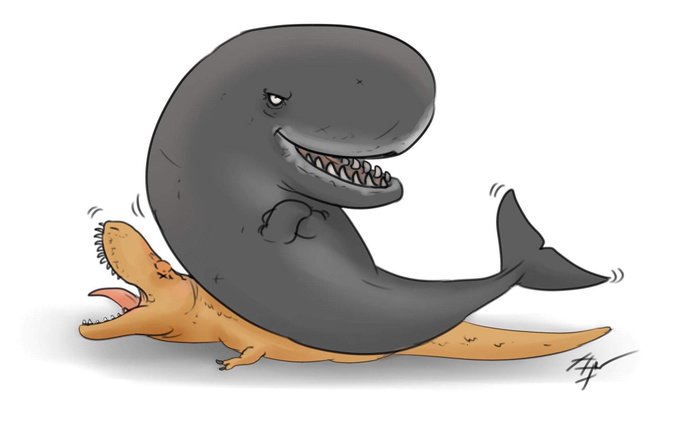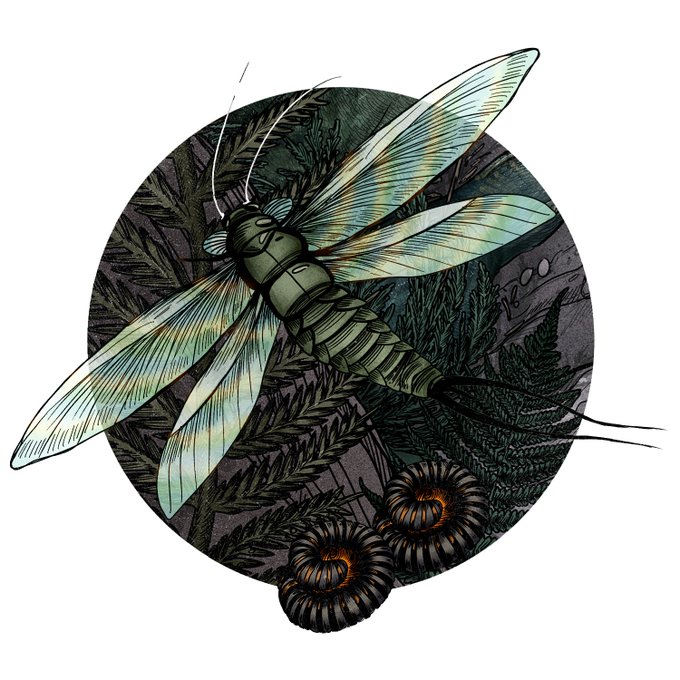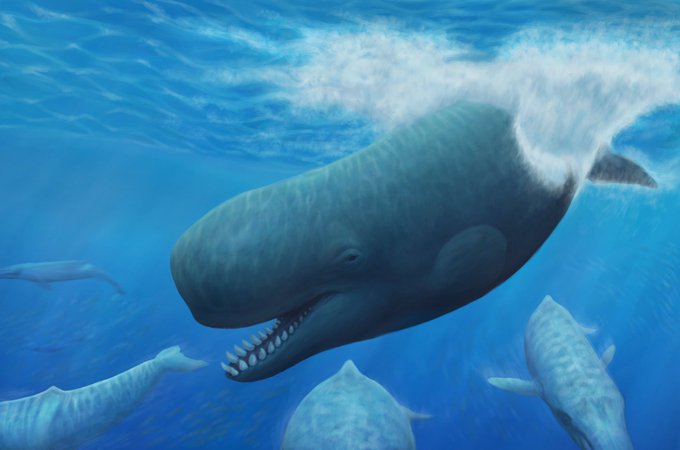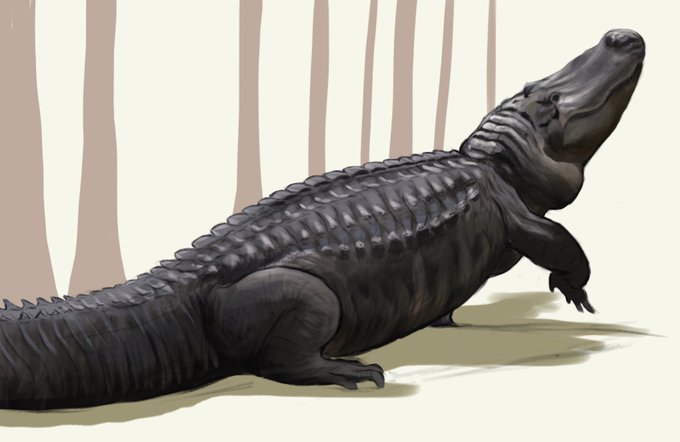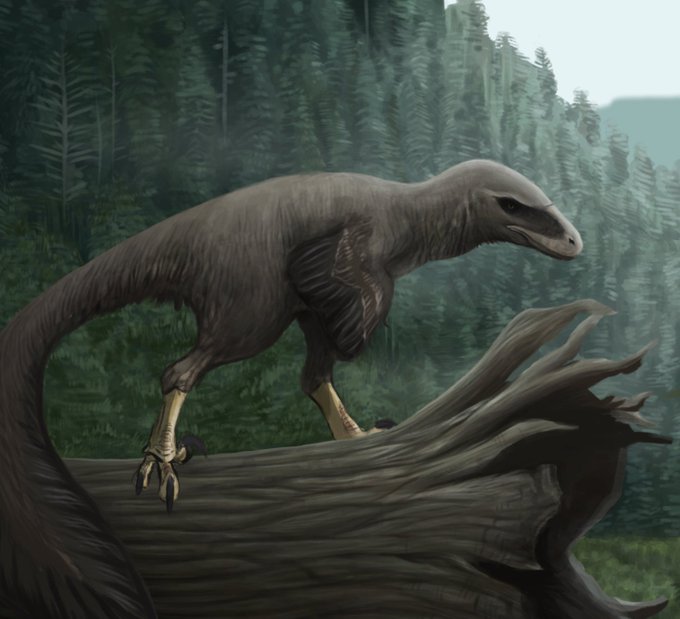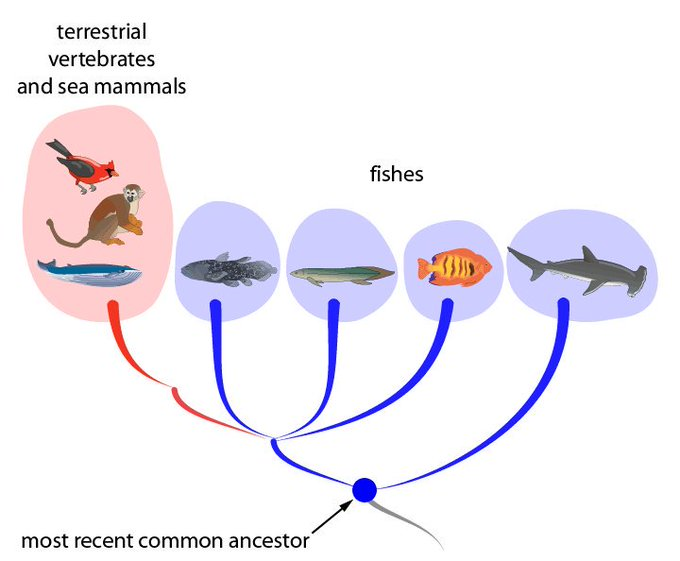TetraPodのTwitterイラスト検索結果。 100 件中 3ページ目
In other tetrapods, the openings are either very small or totally absent (the palate is formed entirely by bone; 📷: Witzmann & Werneburg 2017)...but modern frogs and salamanders have these giant palatal openings as well (📷: Eocene frog Thaumastosaurus; Laloy et al. 2013)!
#AnimalArtistsUnite
Hi, I am Gabriel and I am a paleoartist and scientific illustrator. I illustrate/reconstruct both extant and extinct animals, particularly tetrapods (although lately I have done quite a lot of invertebrates) 😊
Ocepechelon bouyai; the giant, tube-snouted Protostegid sea turtle from the Late Cretaceous seas of Morocco. The strange rostrum of this reptile is unique among tetrapods, and paleontologists have compared it to the snouts of beaked whales and Pipefish.
This rosy-cheeked cod (Gadus amelia), caught off the Icelandic coast, is the only fish that possesses mammal-like hair, a discovery which will rewrite our understanding of tetrapod zoology as soon as the ichthyologists are finished shouting at each other.
https://t.co/kEOcZjgHLr
New clues emerge in how early tetrapods learned to live—and eat—on land https://t.co/IlxTN7tpLo #archaeology #archaeologist #history
A look back at Tetrapod Zoology's previous year of operation... https://t.co/QrEHPqcjQ0 #blogoversary #blogging #blogs #TetZoo
Learned today that the earliest known, fully terrestrial tetrapod was named PeDERPes.
And the google image search didn't disappoint.
Watch 👀 as the humerus evolves from an aquatic fish (purple) to a land going tetrapod (orange)!
Research by #mczvertpaleo brings us 'one step' closer to unraveling the tetrapod transition to land. Study shows that changes to the #humerus bone at the origin of limbs altered its function & improved the capacity for limb-based land locomotion. @nature https://t.co/s6mMDqYOU2
Originally, I had planned to hopefully do 2 books. The first one about the tetrapods of the Triassic and Jurassic, and the second one about the Cretaceous. However, as I have worked on it, the first book has become humongous!
Large tides may have been a key factor in the evolution of bony fish and tetrapods https://t.co/idnhz1Wkpv #archaeology #archaeologist #history
@TalesOfStrength @EvaCHerbst @VelezJuarbeJ @Formorphology Dinosaurs<marine tetrapods
Third and last submission for the Bromacker paleoart contest is a night scene. It includes curled up chonky Diadectes and Orobates pabsti that piled up for a nap. It also features Bugs and Ferns. #Bromacker #paleoart #diadectes #orobates #tetrapod #paleodictyoptera
#AnimalArtistsUnite I am an artist that enjoys painting extinct and extant tetrapods
Hi old and new followers! I am Gabriel and I am a paleoartist and scientific illustrator. I paint both extinct and extant animals, particularly vertebrates (although I have a preference for extinct tetrapods 😋) #AnimalArtistsUnite
@SusannaLHarris "Monkey" is a paraphyletic group, unless we include the apes.
"Fish" is a paraphyletic group, unless we include the tetrapods (mammals, reptiles, birds, amphibians).
So, if we stick to monophyletic groups, humans are monkeys, which are a type of fish.
New weird pony OC! She's a snake pony but based on the Tetrapodophis, so when snakes were losing their limbs. Her name is Tetrapodi and she thinks her hooves are useful like the ones of other ponies #mlpoc #mlp #mylittlepony

